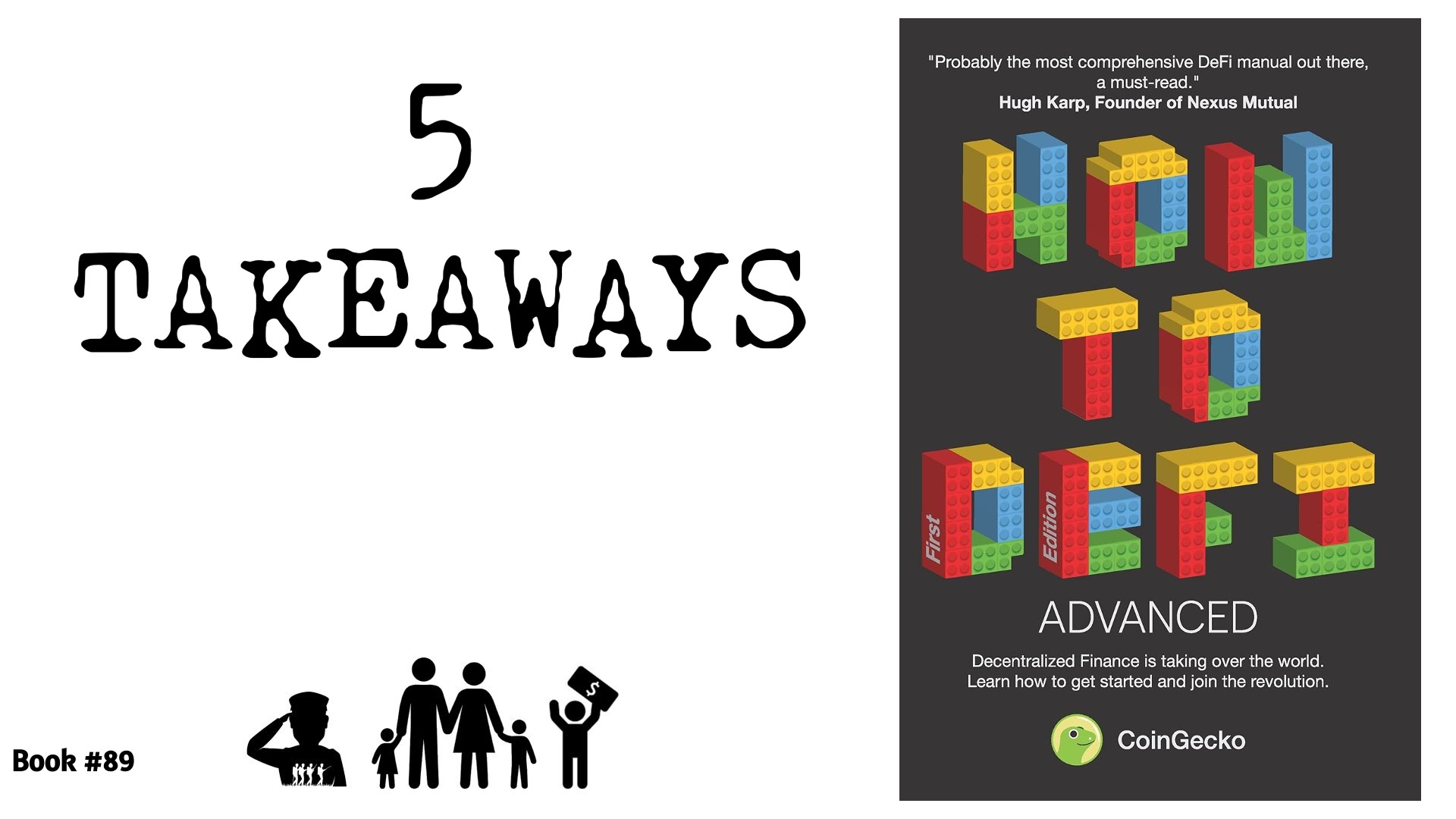“How to DeFi -Advanced” by Paula Robinson is the second book (part one) exploring decentralized finance and the world of cryptocurrencies. The world of DeFi is complex and moves at the speed of light, so one must constantly study to stay up-to-date.
Decentralized finance aims to replicate many of the staples of traditional finance (insurance, options, lending) but remove the middleman. By using smart contracts, DeFi eliminates the need for bankers, agents, and lenders.
There are many positive results from removing competent entities, but there are some trade-offs. To navigate DeFi effectively, you need to understand the concepts and techniques. Things like yield farming and yield aggregators can present unseen risks.
There seems to always be a “shiny new thing” in DeFi. To draw investors into the new protocol, creators usually offer high yields. Once these yields lower and stabilize, an outflow of money can leave the protocol hurting the liquidity. Events like this happen every day, so it is good to exercise caution. Read, read, and read some more. Let’s get into my five takeaways.
1) Fixed-Interest Rate Protocols are the DeFi version of bonds. These items caught my attention, and I will keep an eye on them moving forward. Of course, they are much more complicated than bonds, but I predict they could supplement your bonds in the future.
2) Yield aggregators are similar to hedge funds. You put your money in a basket, and automated routines seek the highest yield. However, many yield farming opportunities could be risky, so your money may be in unstable positions.
3) Almost all DeFi protocols require liquidity. Liquidity comes from investors who eject money into the system, usually for rewards, yields, or coins. Liquidity is the heart of DeFi.
4) Borrowing and lending protocols use the over-collateralization method. This means you can borrow against your own money. For example, if I eject $1,000 into the liquidity pool, I may be able to borrow $500 against it. We call a trustless loan because the smart contract doesn’t need your credit history, job status, etc.
5) Insurance in DeFi is under-explored. As of the writing of this book, only 2% of assets are insured. To become more mainstream, DeFi will need to offer more insurance options.
Something I found interesting is flash loans. Flash loans are loans that open and close at the same time—you have to pay the loan as soon as you open it.
The opening and closing have to be one transaction on the blockchain; however, you can have many “events” inside this transaction. You can use flash loans for arbitrage (using price differences to profit).
For example, let’s say you can buy 1 ETH for $1,000 on exchange ABC and 1 ETH on exchange XYZ for $2,000. In one transaction, I could buy the ETH on ABC and sell it in exchange for XYZ. I closed my flash loan with a $1,000 profit. The book has a complex transaction that resulted in $360,000 in profit.
Decentralized Finance is the wave of the future. The more crypto books I read, the more I envision a trustless world (a good thing). However, DeFi needs to become more mainstream and easier to navigate.
This book can be challenging to follow for average crypto-people, so prepare yourself. I highly recommend you read “How to DeFi -Beginner” first. In about a year, I intend to reread this book to understand the protocols better. This is a must-read if you are serious about the metaverse and cryptocurrencies.

Leave a Reply